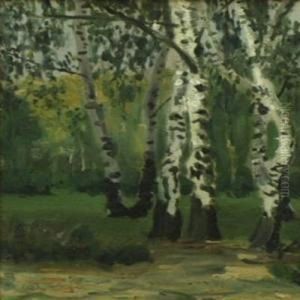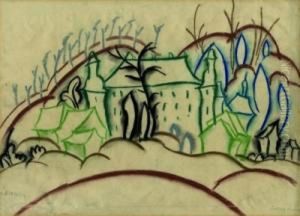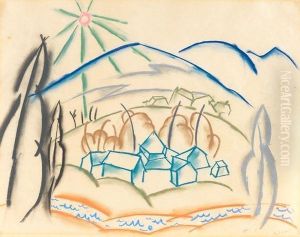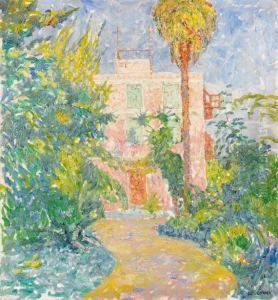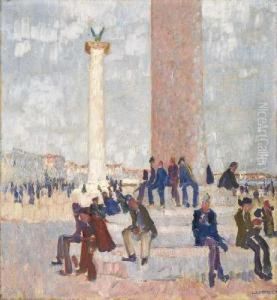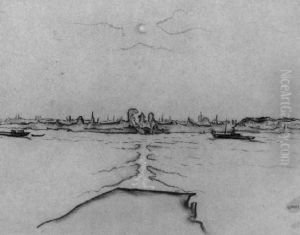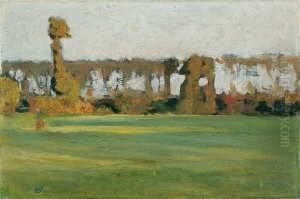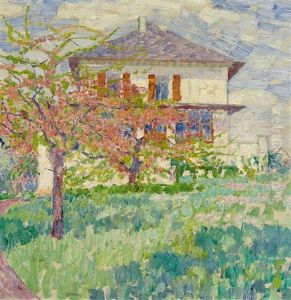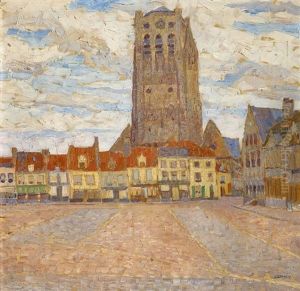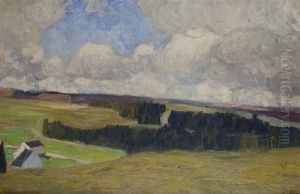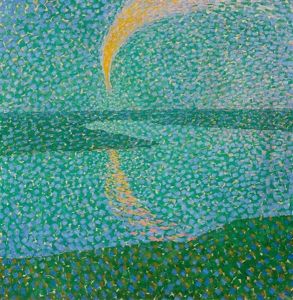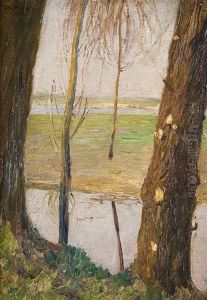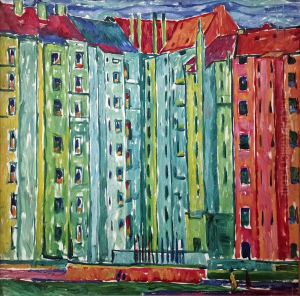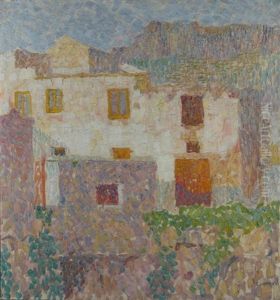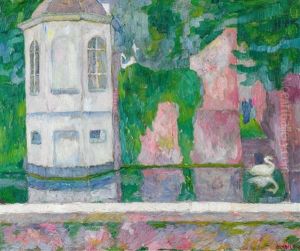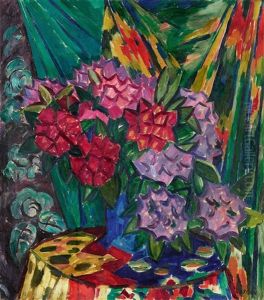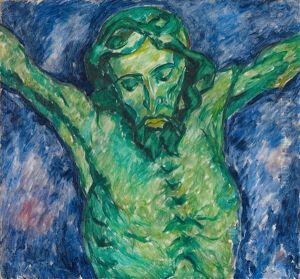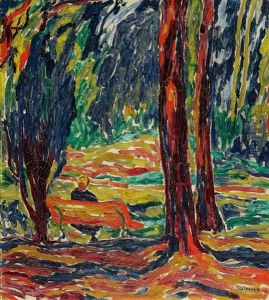Walter Ophey Paintings
Walter Ophey was a German artist known for his versatile painting style and his contributions to the Rhineland expressionist movement. Born on December 18, 1882, in Eupen, which was then a part of the German Empire and is now located in Belgium, Ophey showed an early interest in the arts. He studied at the Düsseldorf Academy of Arts from 1900 to 1904, where he honed his skills and began to develop his own artistic voice.
Initially, Ophey worked in a relatively naturalistic style but soon began to experiment with more expressive forms of painting, reflecting the broader shifts in European art at the turn of the century. His work encompassed a range of subjects, including landscapes, still lifes, portraits, and genre scenes, all characterized by bold colors and dynamic brushwork that captured the emotional essence of his subjects.
Ophey was associated with the 'Sonderbund westdeutscher Kunstfreunde und Künstler' (Special Association of West German Art Lovers and Artists), which played a significant role in promoting modern art in the Rhineland region. He was also influenced by French Impressionism and Post-Impressionism, particularly the work of Vincent van Gogh, whose use of color and brushstroke made a lasting impression on Ophey.
Throughout his career, Ophey exhibited his work widely across Germany and participated in major exhibitions, including those organized by the Deutscher Künstlerbund and the Berlin Secession. He also had a significant impact on the younger generation of artists in the Rhineland, both as a mentor and through his artistic innovations.
Tragically, Walter Ophey's life and career were cut short when he died on December 7, 1930, in Düsseldorf, at the age of 47. His contributions to the field of German Expressionism and his influence on the art of the Rhineland are still recognized today. Despite the relatively short span of his career, Ophey's work continues to be celebrated for its vibrancy, emotion, and the artist's keen ability to capture the spirit of his time.
